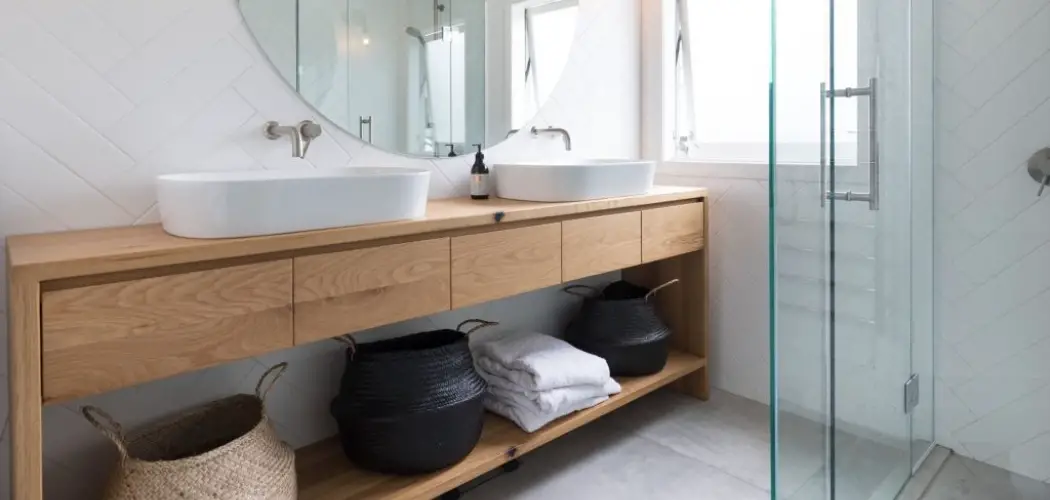Are you looking for a way to upgrade your bathroom while also expanding its storage space? Building your own custom vanity is an excellent solution! Not only can you give the room a modern, stylish makeover with whatever design elements you choose, but with the right materials and tools, it’s surprisingly easy.
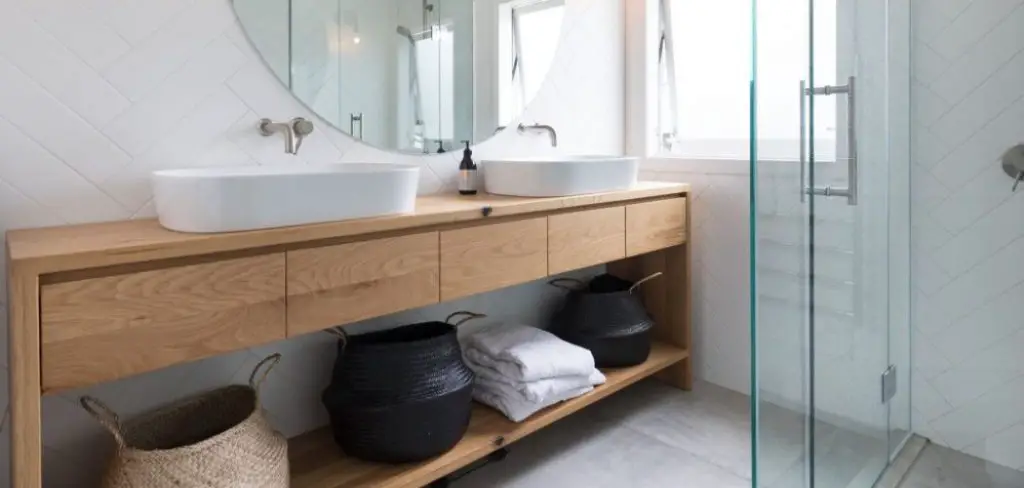
Making a bathroom vanity from kitchen cabinets can be daunting for some people at first, but by following our step-by-step guide on how to make a bathroom vanity from kitchen cabinets and utilizing our helpful tips along the way, we guarantee that even novice DIYers will be able to create a beautiful piece that they’ll love and proudly display. Let’s get started!
What You’ll Need
- Kitchen Cabinets
- Plywood or MDF Board
- Countertop Material of Choice
- Sink and Faucet
- Cabinet Hardware
- Table Saw
- Drill/driver
- Leveling Tool
11 Step-by-step Guidelines on How to Make a Bathroom Vanity From Kitchen Cabinets
Step 1: Gather Your Materials and Tools
Once you have your measurements, gather all the necessary materials and tools before starting the project. Having everything on hand will save you time and frustration. It’s also a good idea to read through the instructions and familiarize yourself with the steps before beginning. You may also want to have someone help you with the project, especially when it comes to handling larger pieces of wood or installing the countertop.
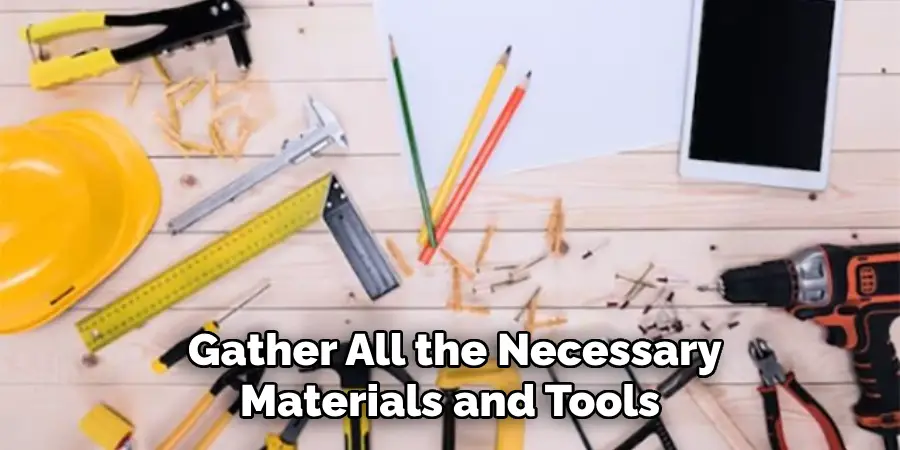
Step 2: Determine the Size of Your Vanity
The first step in making bathroom vanity from kitchen cabinets is to decide on the size and dimensions you want your finished piece to be. Consider the available space in your bathroom, as well as what items you plan on storing inside the vanity. This will help determine how many cabinets you’ll need and their size. You can also choose to customize the height of your vanity for added comfort.
Step 3: Remove Any Existing Vanity
If your bathroom already has a vanity in place, you’ll need to remove it before installing the new one. Turn off the water supply and disconnect any plumbing connections. Use a pry bar if needed to remove the old vanity from the wall and floor. Make sure to patch up any holes or damages before proceeding. Otherwise, move on to the next step. Otherwise, move on to the next step.
Step 4: Assemble Your Kitchen Cabinets
Follow the manufacturer’s instructions to assemble your kitchen cabinets according to the dimensions you have chosen for your vanity. It’s important to ensure that all pieces are level and secure before moving on. It’s also a good idea to add additional support for the countertop by placing screws in strategic areas, especially if you plan on using heavy materials. You can also paint or stain the cabinets at this stage if desired.
Step 5: Cut the Plywood or MDF board for the Countertop
Using a table saw, cut the plywood or MDF board to fit on top of your assembled kitchen cabinets. Make sure the edges are smooth and even. You may also want to add pre-drilled holes for your sink and faucet, as well as any other accessories you plan on including in your vanity. It’s recommended to use a waterproof material for the countertop to prevent damage from water and moisture.
Step 6: Attach the Countertop to the Cabinets
Carefully place the countertop piece on top of your assembled cabinets and secure it using screws from underneath. It’s important to make sure everything is level before attaching it permanently.
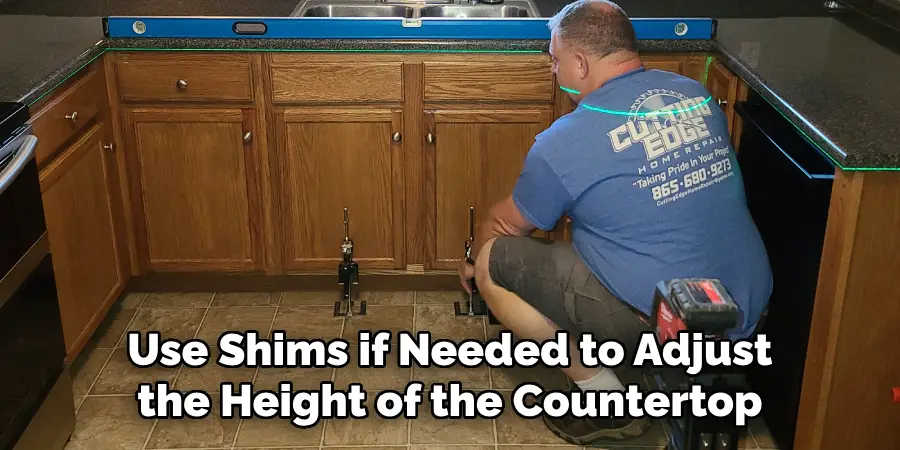
Use shims if needed to adjust the height of the countertop. But make sure not to over-tighten the screws as it can cause damage to the countertop or cabinets. It’s also recommended to add caulking around the edges of the countertop for a clean, finished look.
Step 7: Install the Sink and Faucet
Follow the manufacturer’s instructions to install the sink and faucet onto the pre-drilled holes in the countertop. Make sure everything is properly tightened and connected. You can also use a plumber’s putty or silicone caulk around the edges of the sink for a watertight seal.
It’s also a good idea to install any additional accessories, such as a backsplash or side splashes, at this stage. But if you plan on tiling the backsplash, it’s recommended to do it after installing the vanity.
Step 8: Add Cabinet Hardware
To complete the look and functionality of your vanity, add cabinet hardware such as knobs or pulls. Measure and mark the desired placement before drilling holes for the hardware. Make sure everything is level and centered for a professional finish. But if you want a more modern look, you can also opt for touch-activated or push-to-open hardware instead. It all depends on your personal preference.
Step 9: Install the Vanity to the Wall
If your vanity is not freestanding, it’s important to secure it to the wall to prevent tipping over. Use screws and anchors appropriate for your wall type and make sure everything is level before attaching it permanently. It’s also a good idea to add additional support underneath the cabinets in case of heavy items being stored inside. This will also prevent sagging or warping of the cabinets over time.
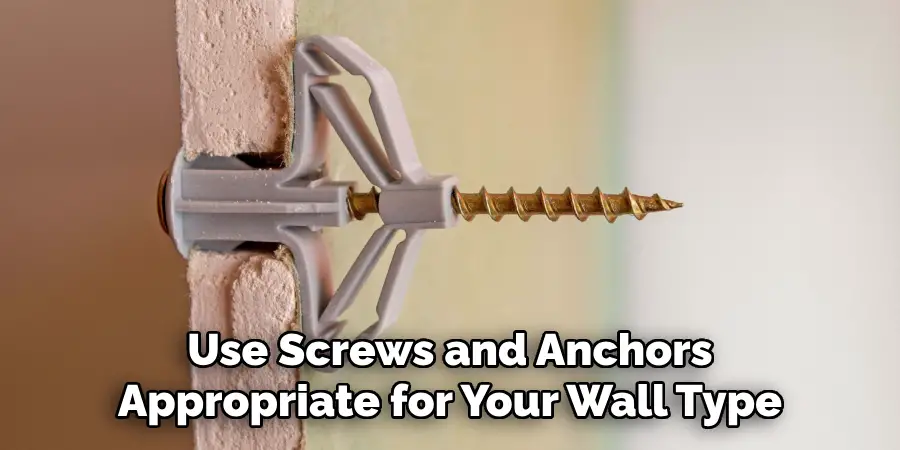
Step 10: Connect Plumbing
Reconnect any plumbing that was disconnected earlier. If necessary, consult a professional plumber to ensure everything is properly connected and there are no leaks. Turn on the water supply and check for any issues before proceeding with the finishing touches.
It’s also a good idea to add silicone caulk around the edges of any plumbing connections for added protection. It’s important to let the caulk dry completely before using the vanity.
Step 11: Finishing Touches
Once everything is secured and connected, it’s time for the finishing touches. You can add a backsplash or side splash if desired, as well as sealing all edges with waterproof caulking. Finally, clean up any debris and make sure everything is in working order before using your newly made bathroom vanity from kitchen cabinets! Always be sure to properly maintain and care for your vanity to ensure its longevity.
Following these step-by-step guidelines on how to make a bathroom vanity from kitchen cabinets will help you create a beautiful and functional bathroom vanity from kitchen cabinets. This project not only saves money but also allows for customization to fit your specific needs and style preferences. So why wait? Start transforming your bathroom with this creative DIY project today!
Additional Tips
- Make Sure to Wear Appropriate Safety Gear When Handling Tools and Materials.
- Measure twice and Cut Once to Avoid Wasting Materials.
- Consider Adding a Clear Coat of Sealant for Added Protection Against Water and Moisture.
- Use the Appropriate Screws and Anchors for Your Wall Type to Ensure Proper Securing of the Vanity.
- Don’t Be Afraid to Get Creative with Your Design, Such as Adding Decorative Molding or Paint Techniques.
- Keep an Eye Out for Sales or Discounts on Kitchen Cabinets to Save Even More Money.
- Don’t Limit Yourself to Just Kitchen Cabinets, You Can Also Use Other Types of Furniture as a Base for Your Vanity, Such as Dressers or Side Tables.
By following these additional tips and thinking outside the box, you can truly create a unique and personalized bathroom vanity that will be the envy of all your friends and family. So go ahead and get started on your DIY project today, and enjoy the satisfaction of creating something beautiful and functional with your own hands.
Remember, the possibilities are endless when it comes to making a bathroom vanity from kitchen cabinets! So go ahead and let your creativity flow. Happy building!
Frequently Asked Questions
Q: Can I Use Already Assembled Kitchen Cabinets for This Project?
A: Yes, you can use already assembled kitchen cabinets if they are the right size and style for your bathroom vanity. It may save you time and effort compared to assembling them yourself. It’s also recommended to choose cabinets made of solid wood for added durability and stability.
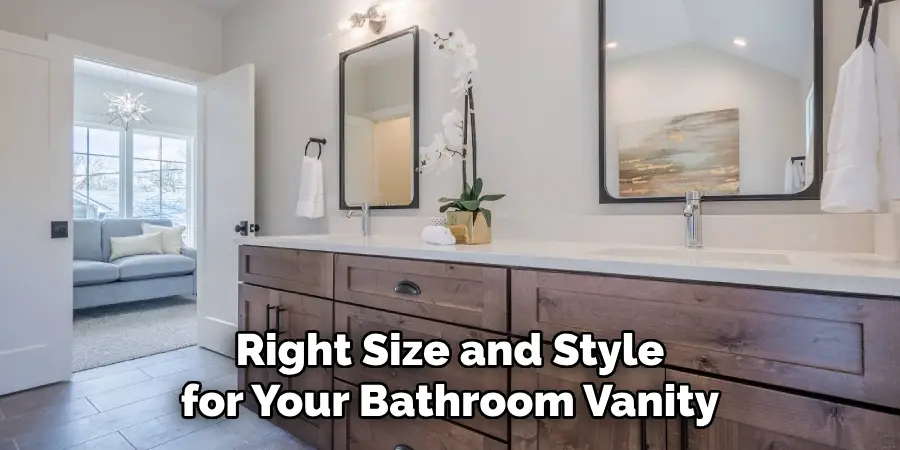
Q: How Do I Determine the Height of My Vanity?
A: The standard height for a bathroom vanity is 32 inches, including the countertop thickness. However, you can adjust this according to your preference or if you have specific needs, such as wheelchair access. It’s also important to consider the height of the sink and faucet when determining the overall height of your vanity.
Q: Can I Use Different Materials for the Countertop?
A: Absolutely! You can use various materials such as granite, marble and quartz, or even repurpose old furniture pieces for a unique look. Just make sure to properly seal and protect any porous material from water and moisture.
Q: Do I Need to Add Support for the Countertop?
A: It’s recommended to add additional support for the countertop, especially if you plan on using heavy materials or applying pressure on certain areas. This can be done by attaching support beams underneath the cabinets or adding extra screws in strategic locations.
Conclusion
In conclusion, it is possible to make a bathroom vanity from kitchen cabinets. It doesn’t have to be difficult, time-consuming, or expensive. With our step-by-step guide and only a few tools and materials, anyone can do it. The outcome will certainly be something to take pride in! If you plan on giving this project a try, there are so many options available when it comes to cabinet style, paint color, hardware choices, etc., so take your vision and make it happen.
And always feel free to reach out if you ever need help or advice! Thanks for reading. Now go create something truly beautiful! Thanks for reading this article on how to make a bathroom vanity from kitchen cabinets.

